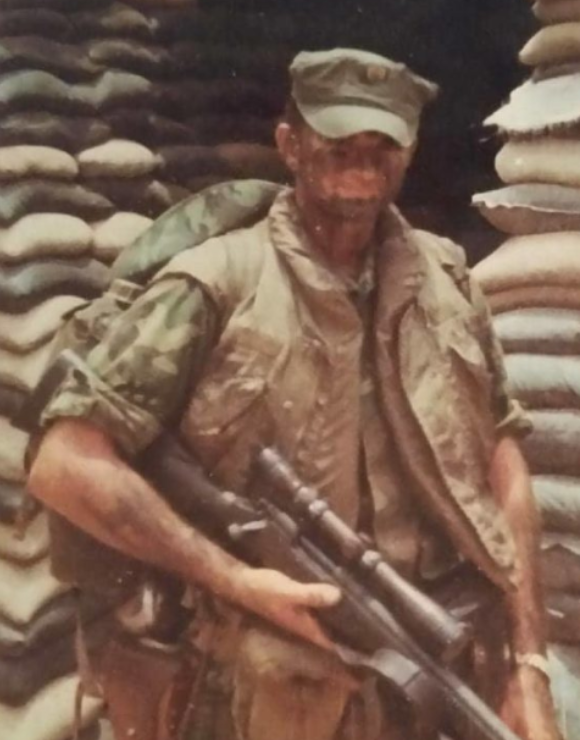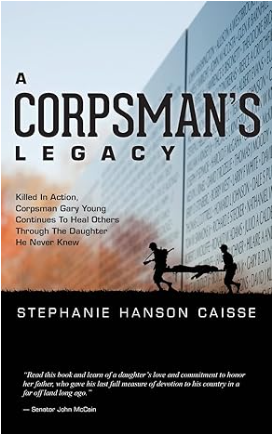Michael McMahon served with HMR 161 in Korea from mid 1951 till late 1953. He was a combat photographer.
Photos submitted by Mike McMahon (Michael’s son) verebus@gmail.com
Descriptions and details provided by Craig Thorson
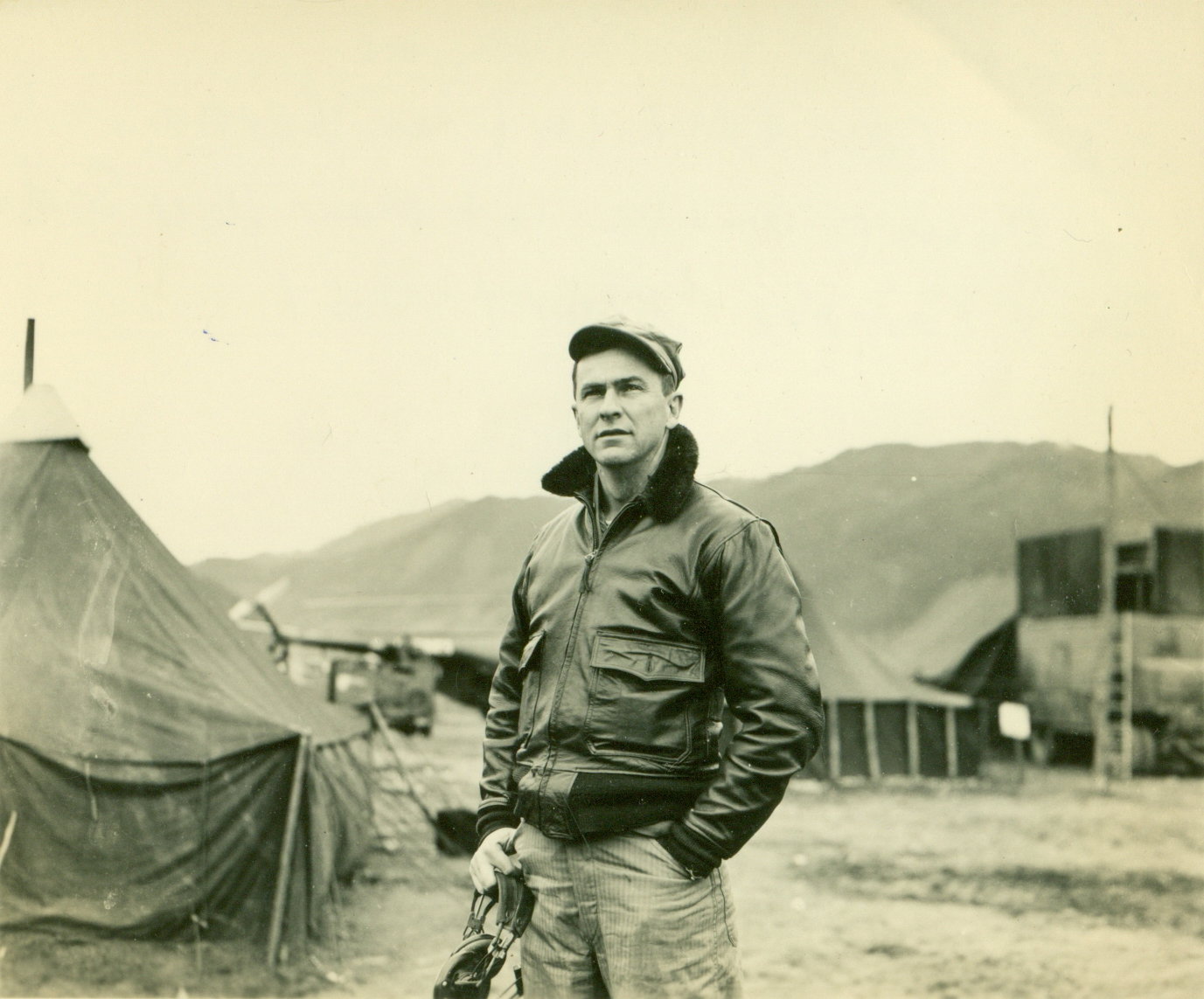
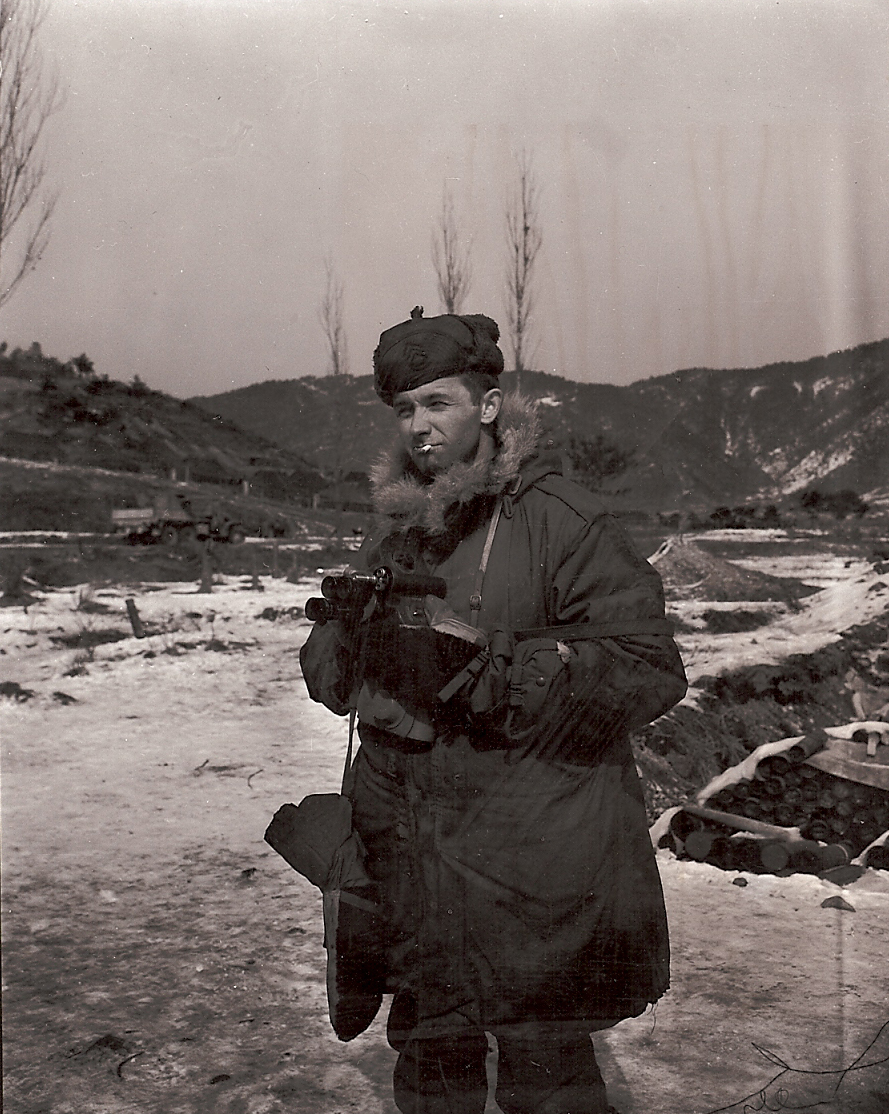
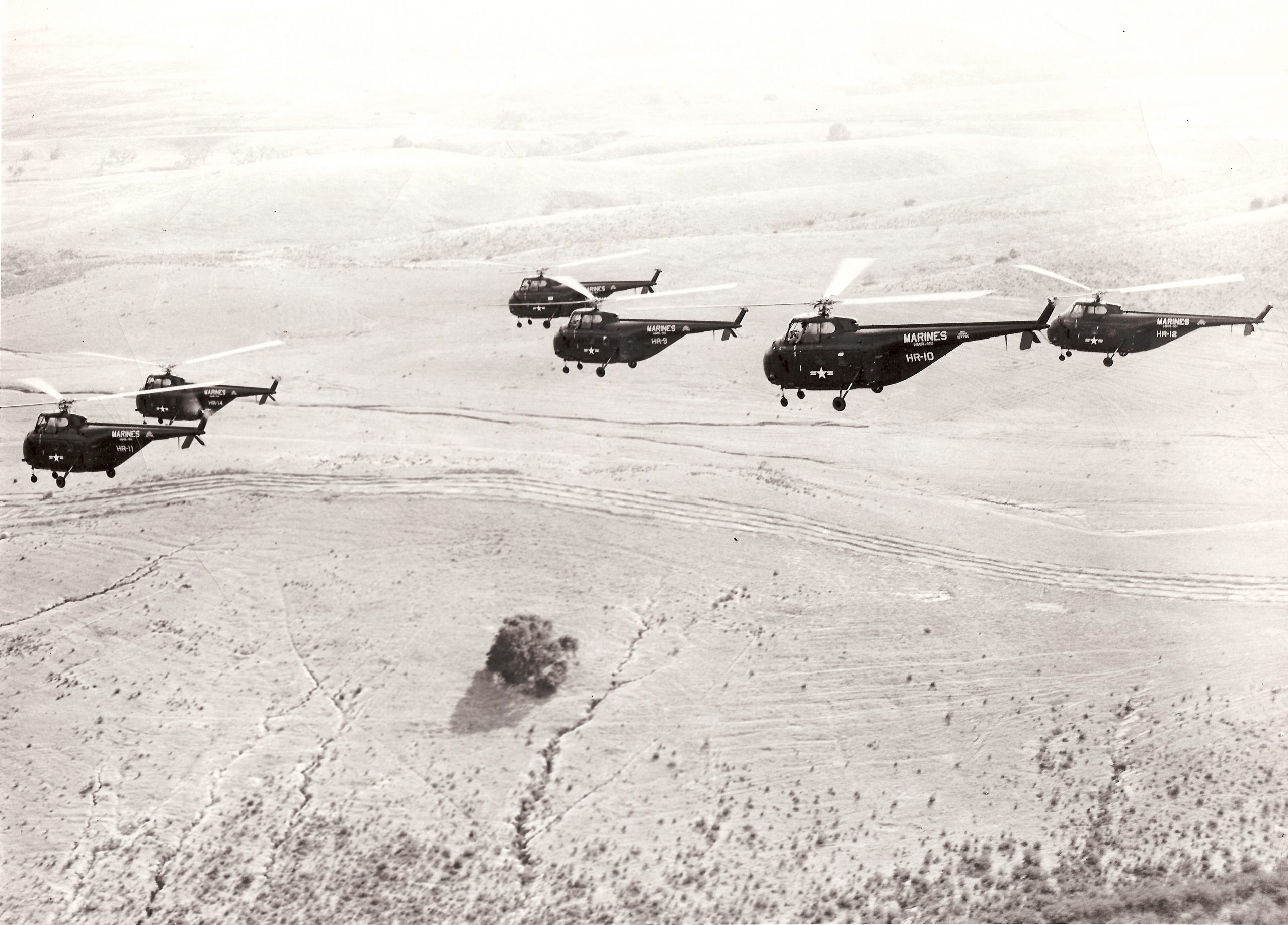
On July 18, 1951, nine helicopters from HMR-161 participated in a demonstration at Camp Pendleton for the purpose of introducing the press to the Marine Corps doctrine for using helicopters in modern warfare.
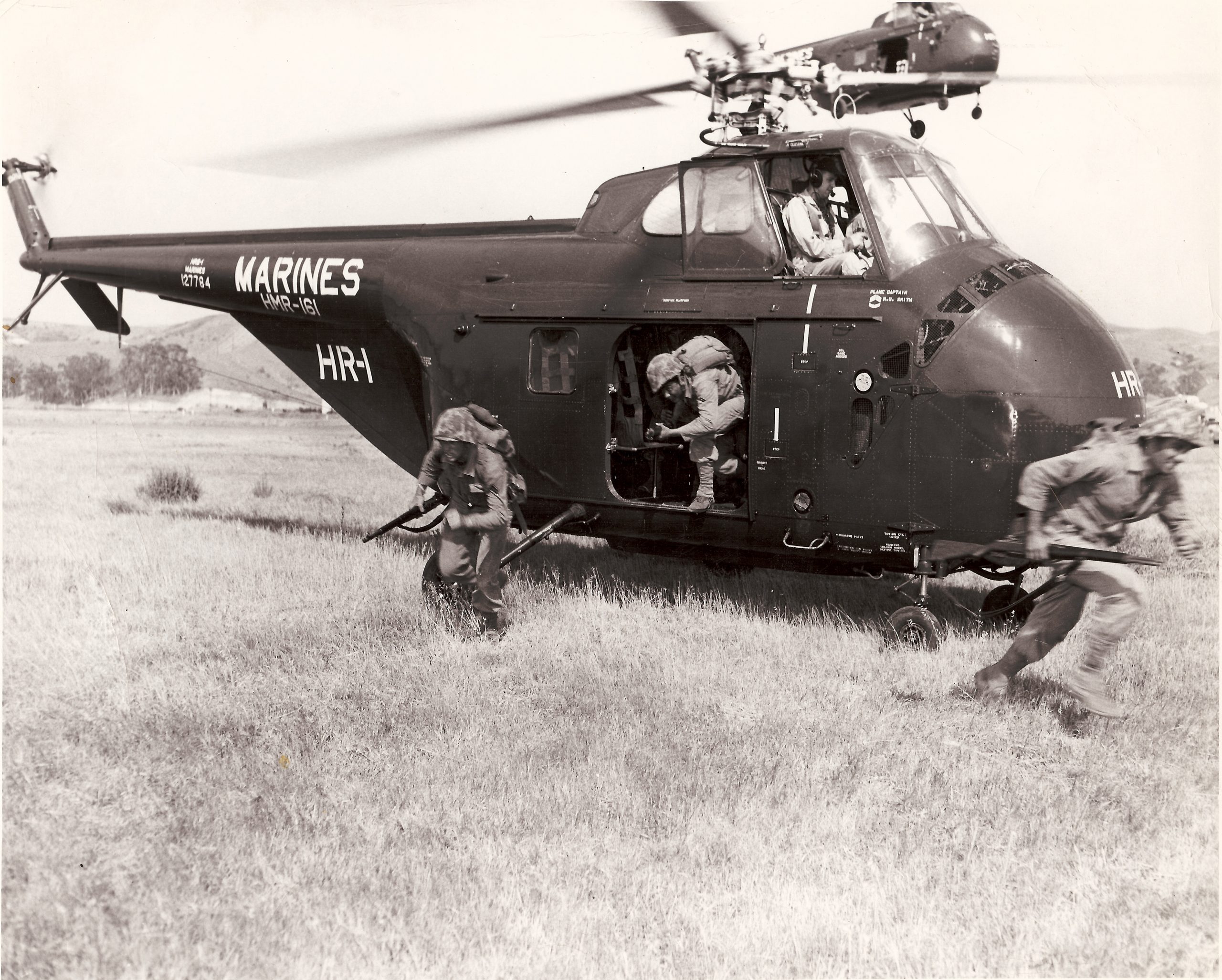
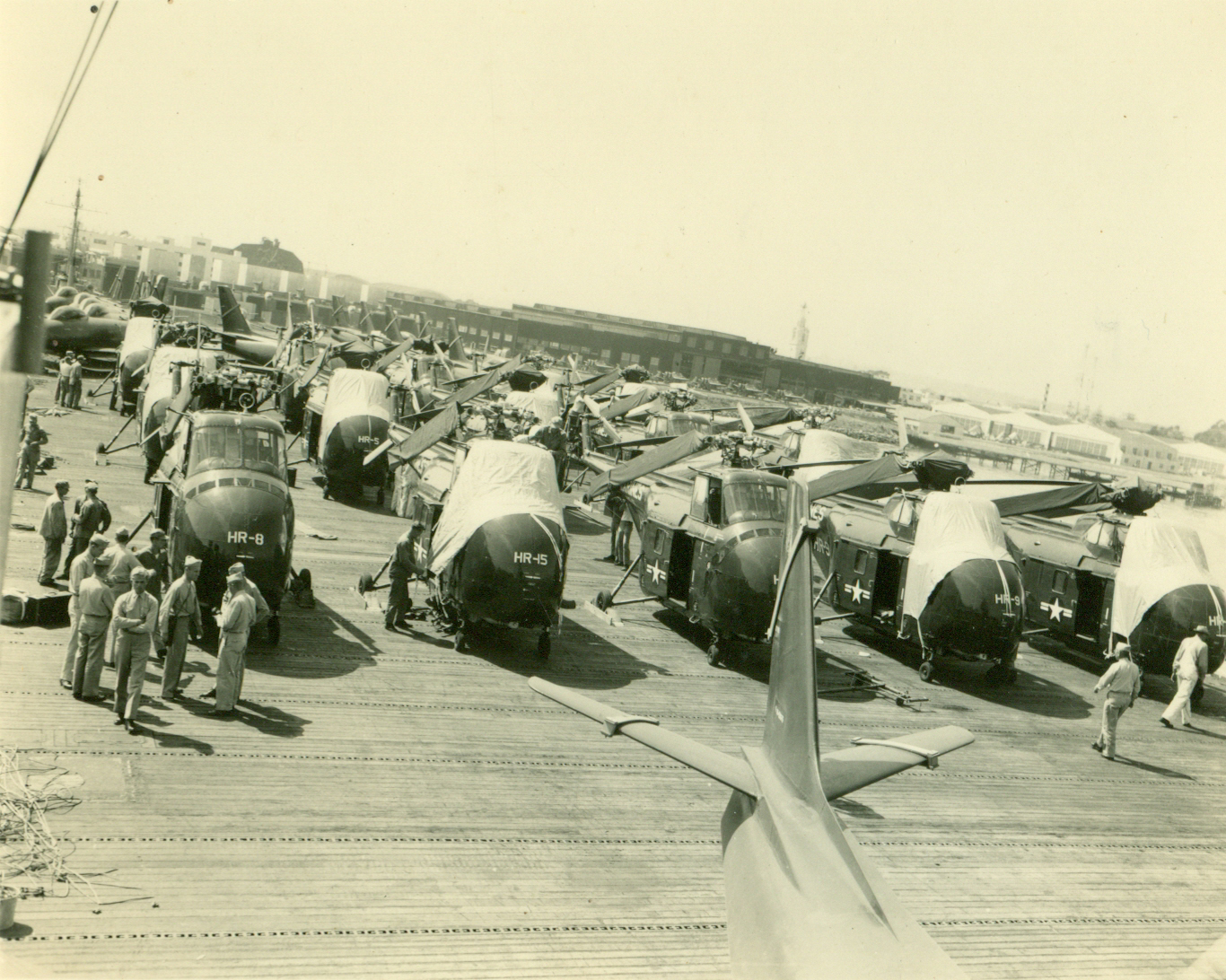
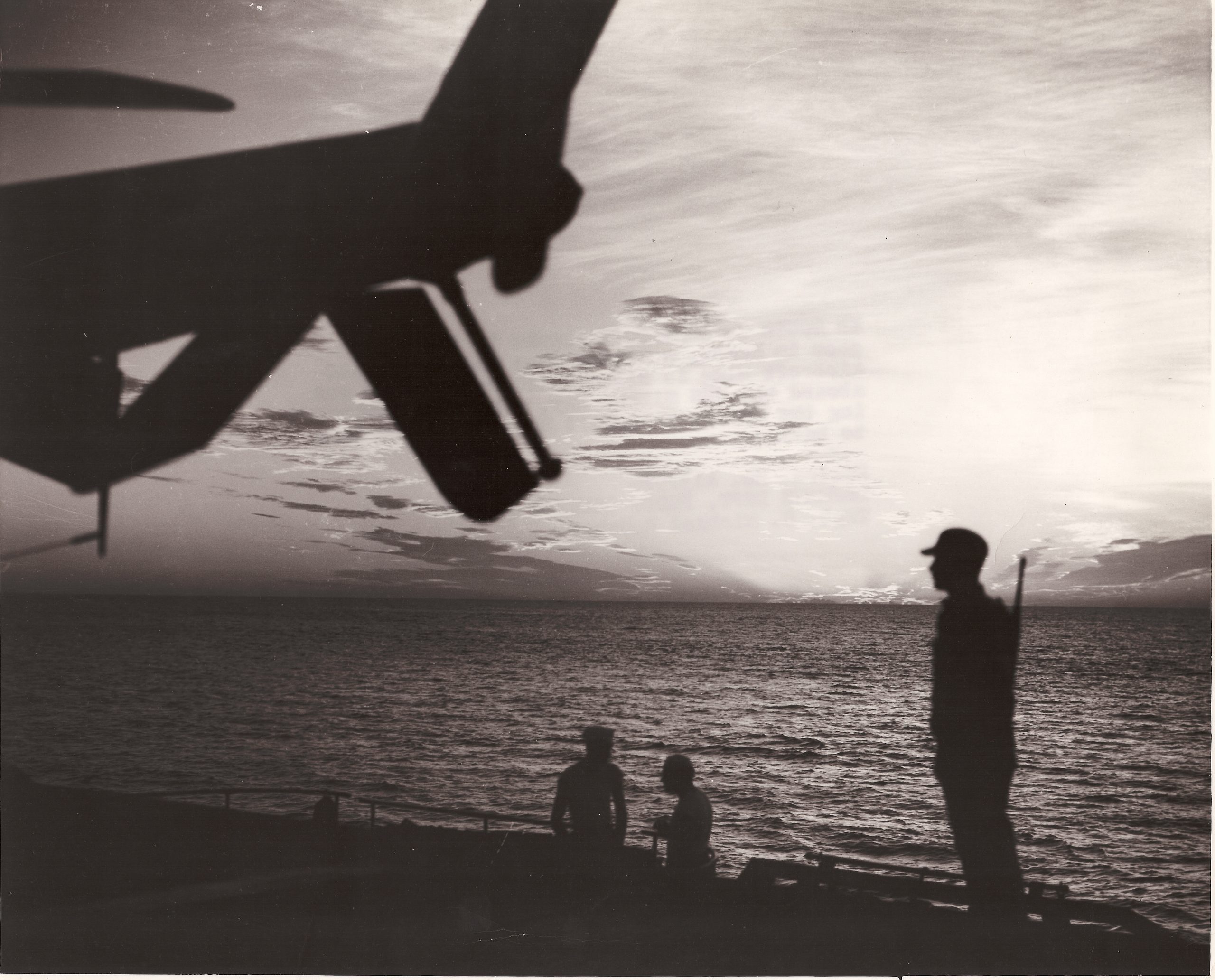
Defense Dept. Photo (Marine Corps) A132514
The HRS-1 was an innovative new design, designated by Sikorsky as the S-55. By placing the radial engine in the nose, Sikorsky engineers not only solved the center-of-gravity issues of earlier designs, they also made it easier to maintain the helicopter. More important, the resulting interior space could be used to carry fully equipped combat troops or cargo. The opportunities literally opened up by this expanded space would soon be demonstrated by HMR-161. Marines had been experimenting with the concept of air assault and supply by helicopters since 1949. Now it could—and would—be put into wartime practice in dramatic fashion.
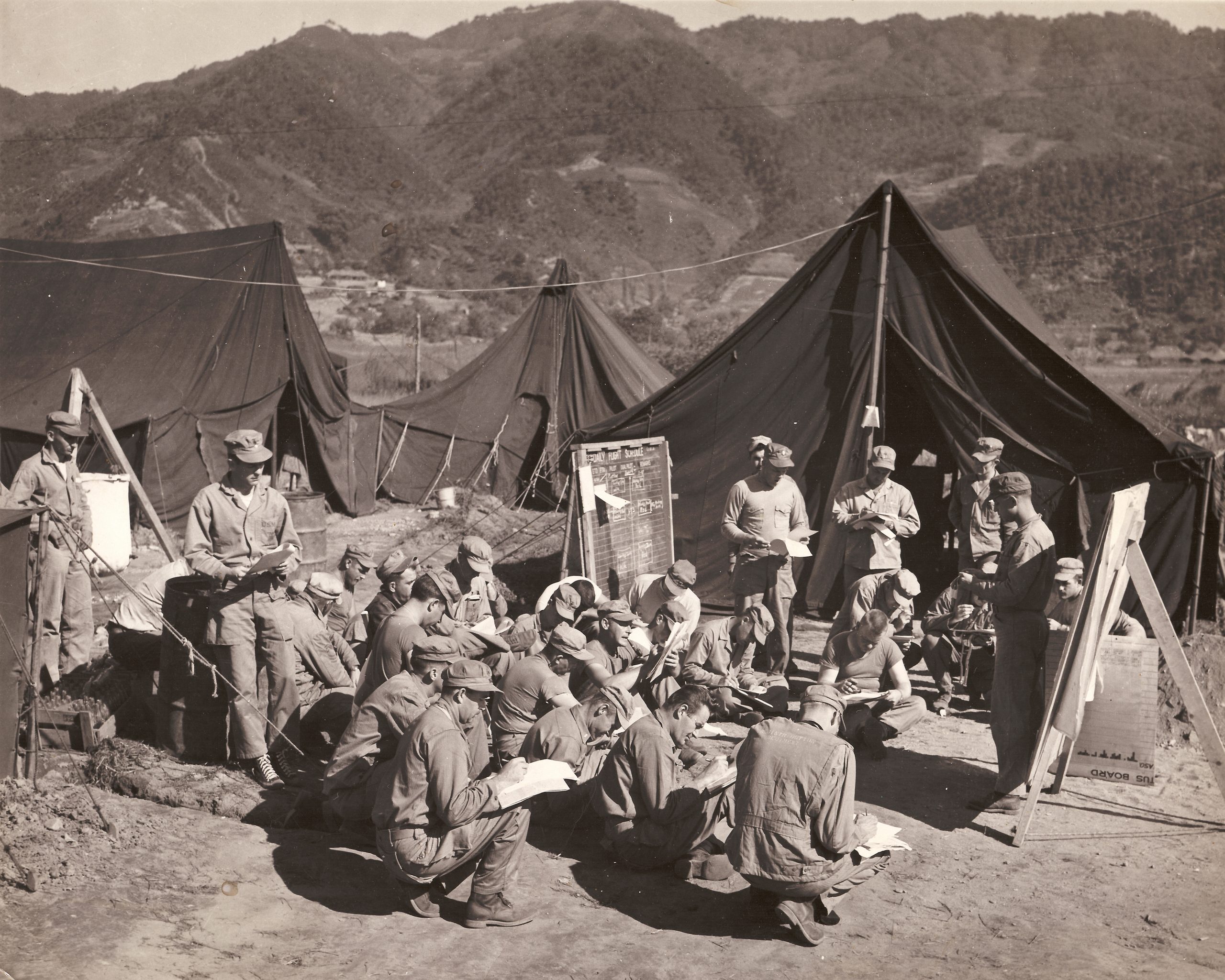
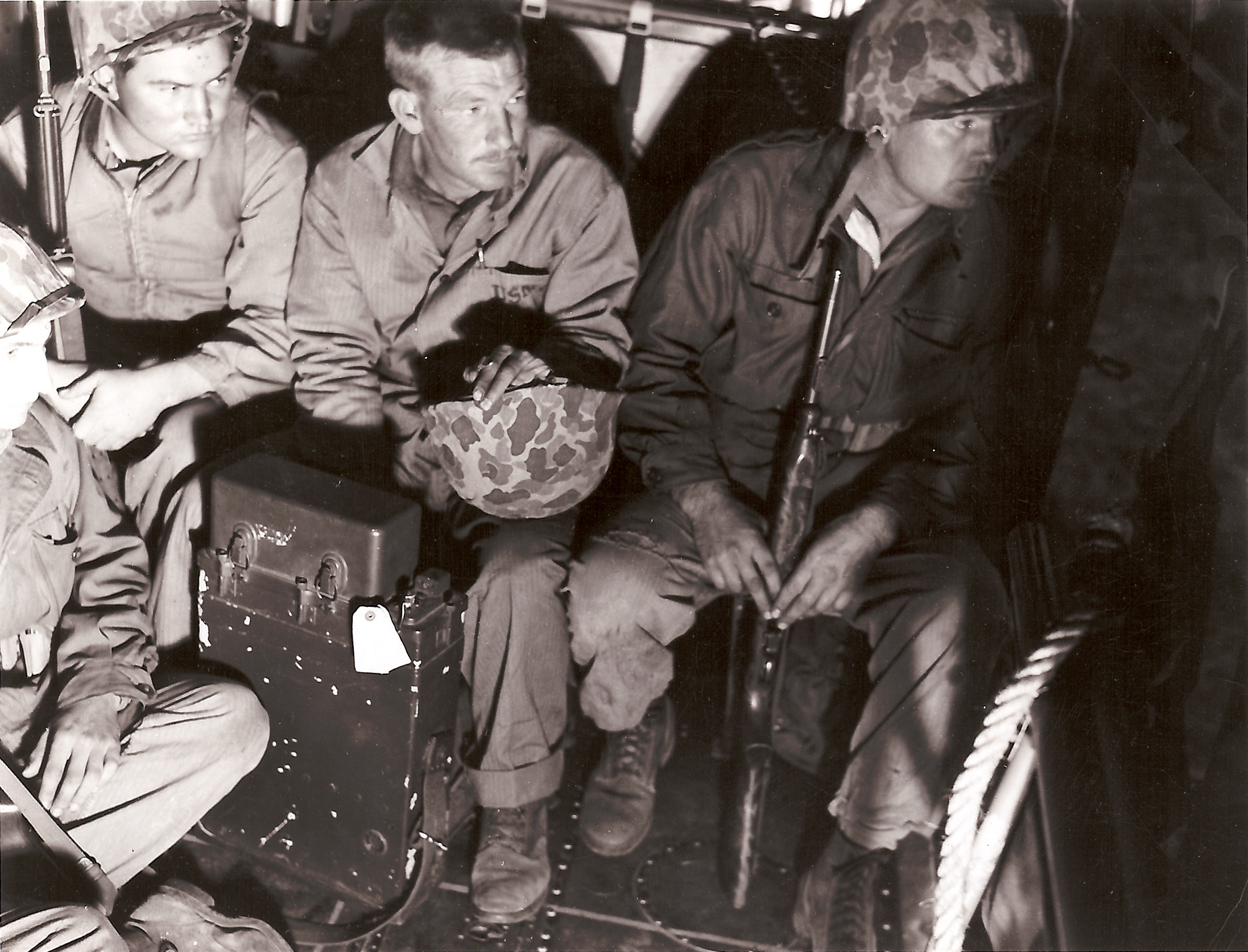
Dept of Defense Photo (Marine Corps) # A – 132526

Defense Dept Photo (Marine Corps) A – 159269 Sgt G.H. Amerine
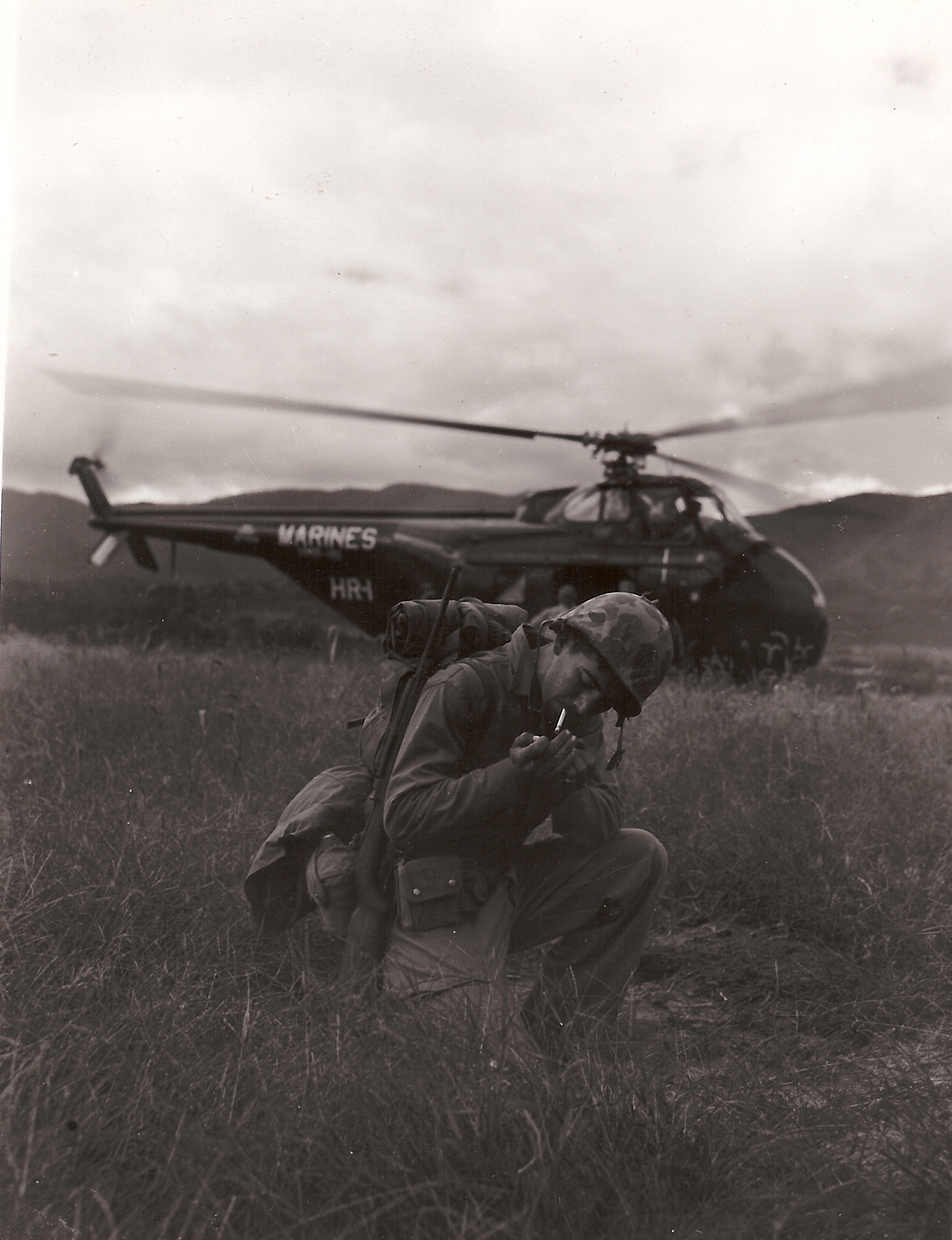
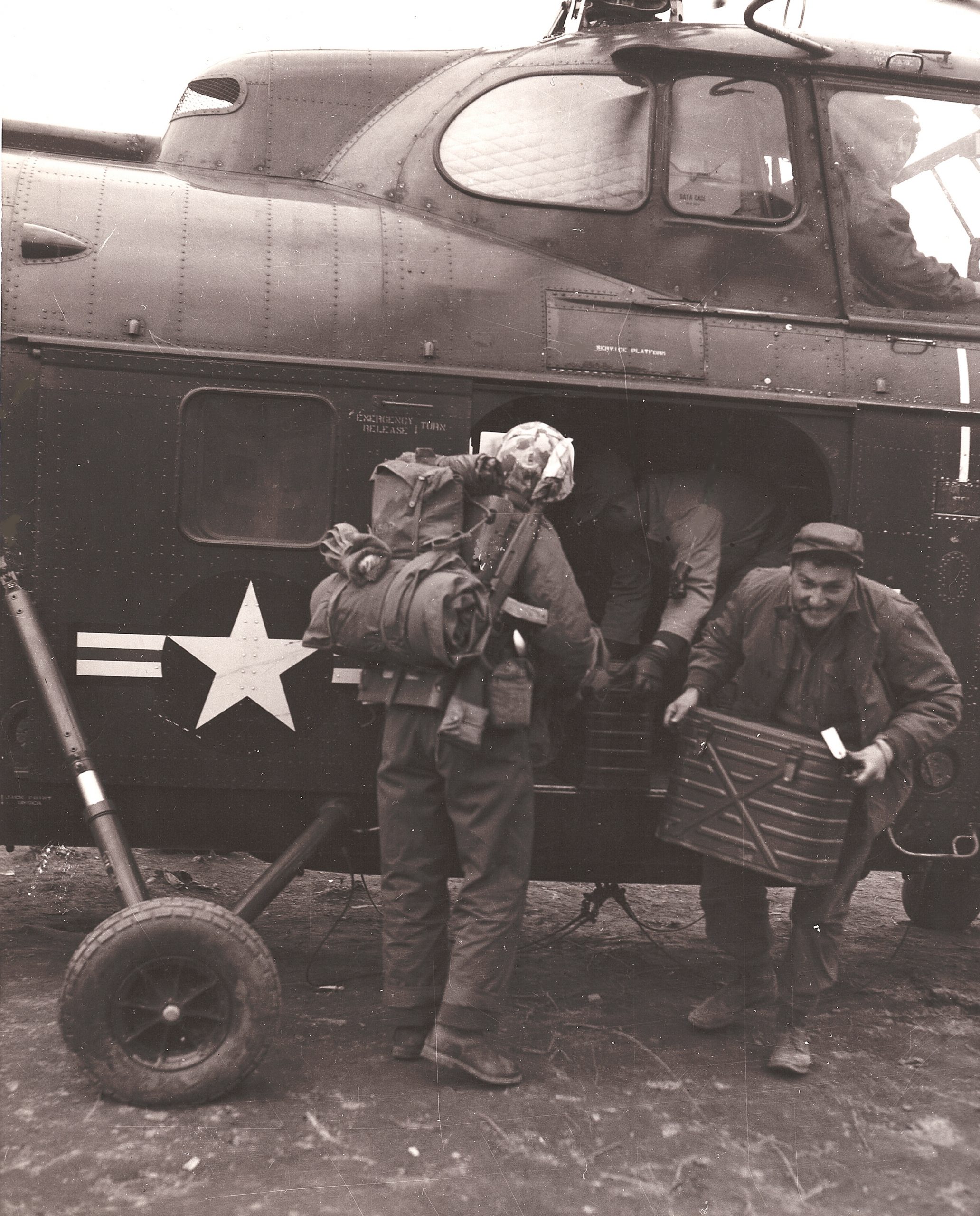
Defense Dept. Photo (Marine Corps) A-132348

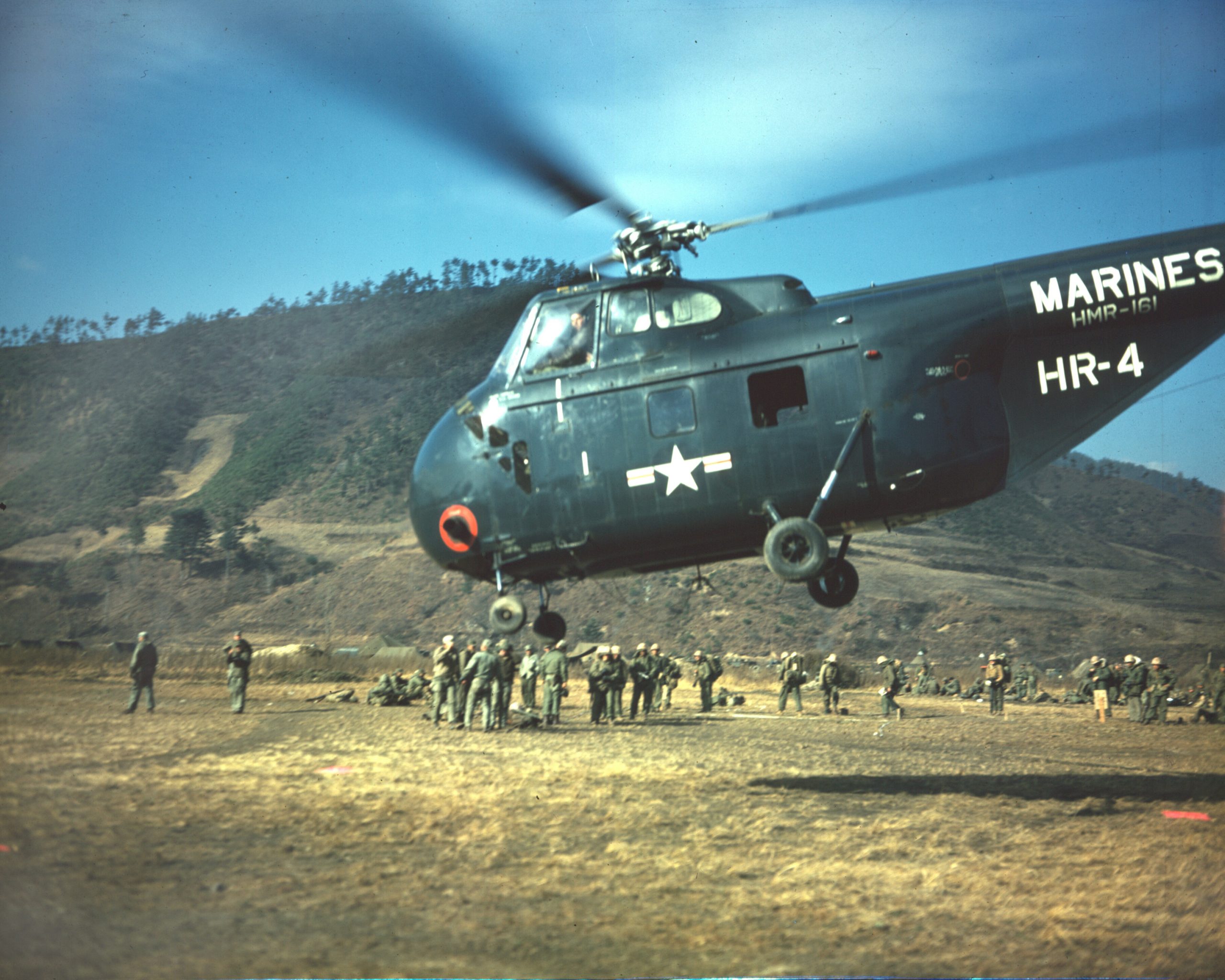
On September 13, HMR-161 conducted operation Windmill I, history’s first mass helicopter resupply mission, lifting an impressive 18,848 pounds of combat gear seven miles to a Marine battalion on the front lines and evacuating 74 casualties. Amazingly, the squadron accomplished all that work within just one hour
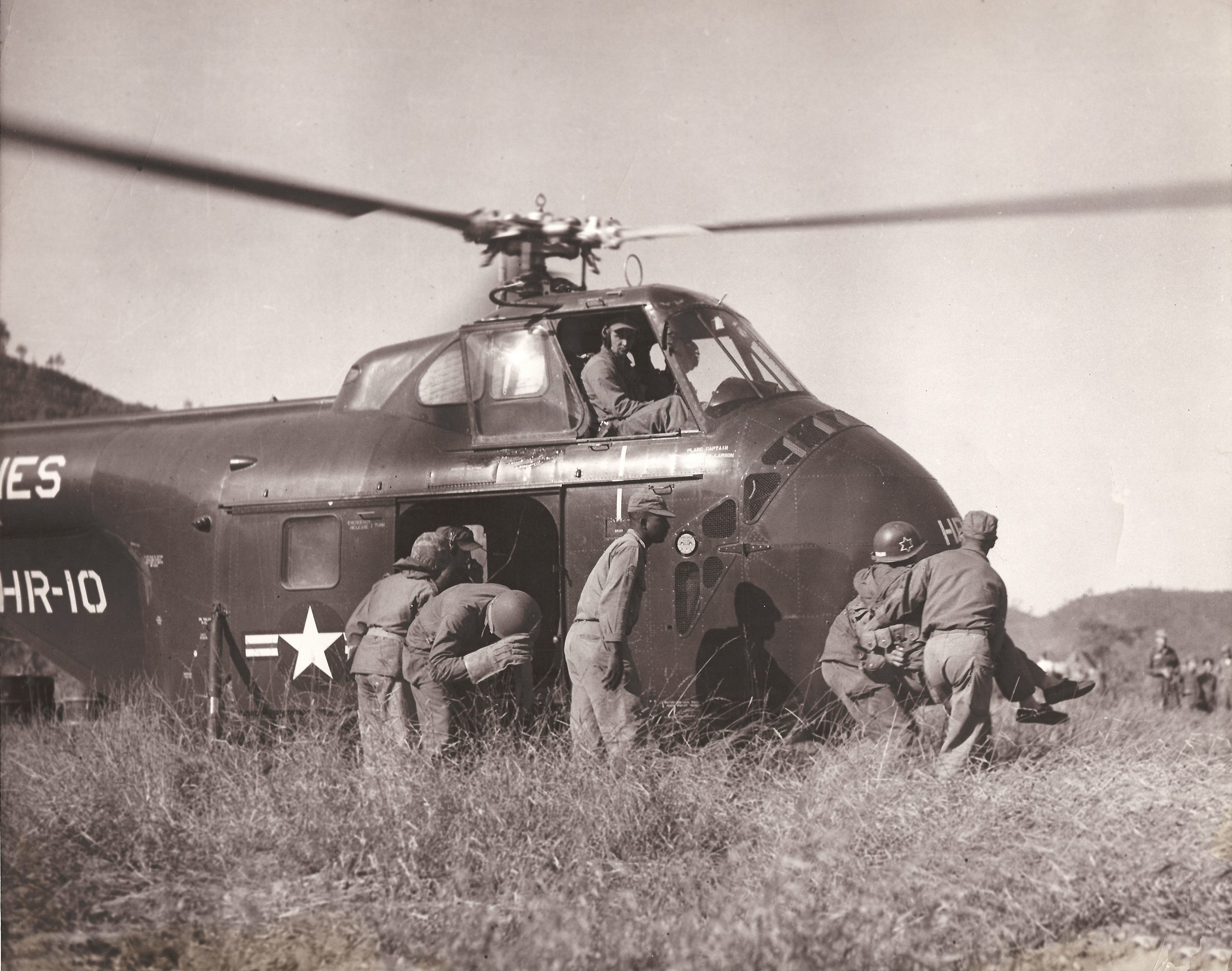
Defense Dept. Photo (Marine Corps) A132357
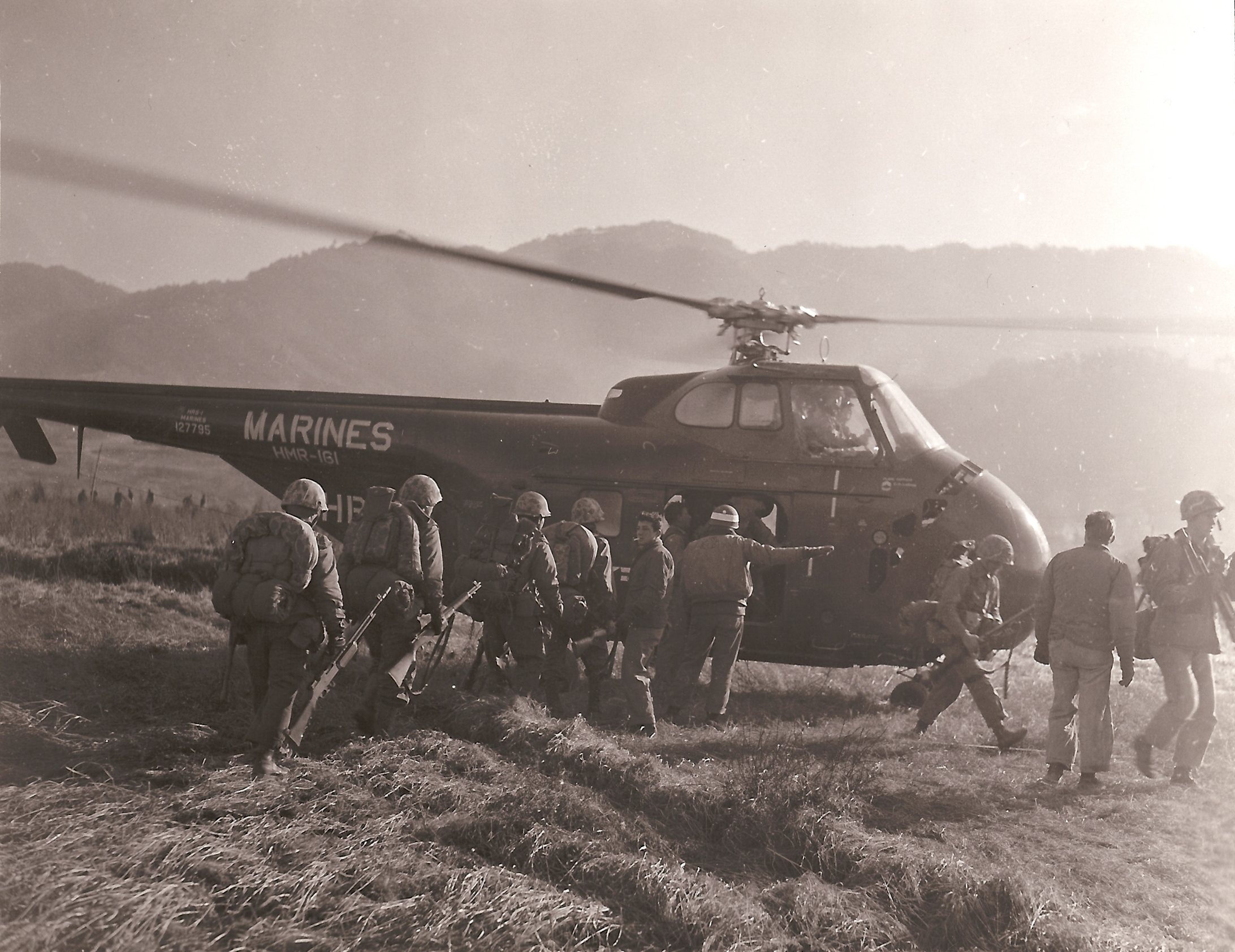
Defense Dept. Photo (Marine Corps) # A132632
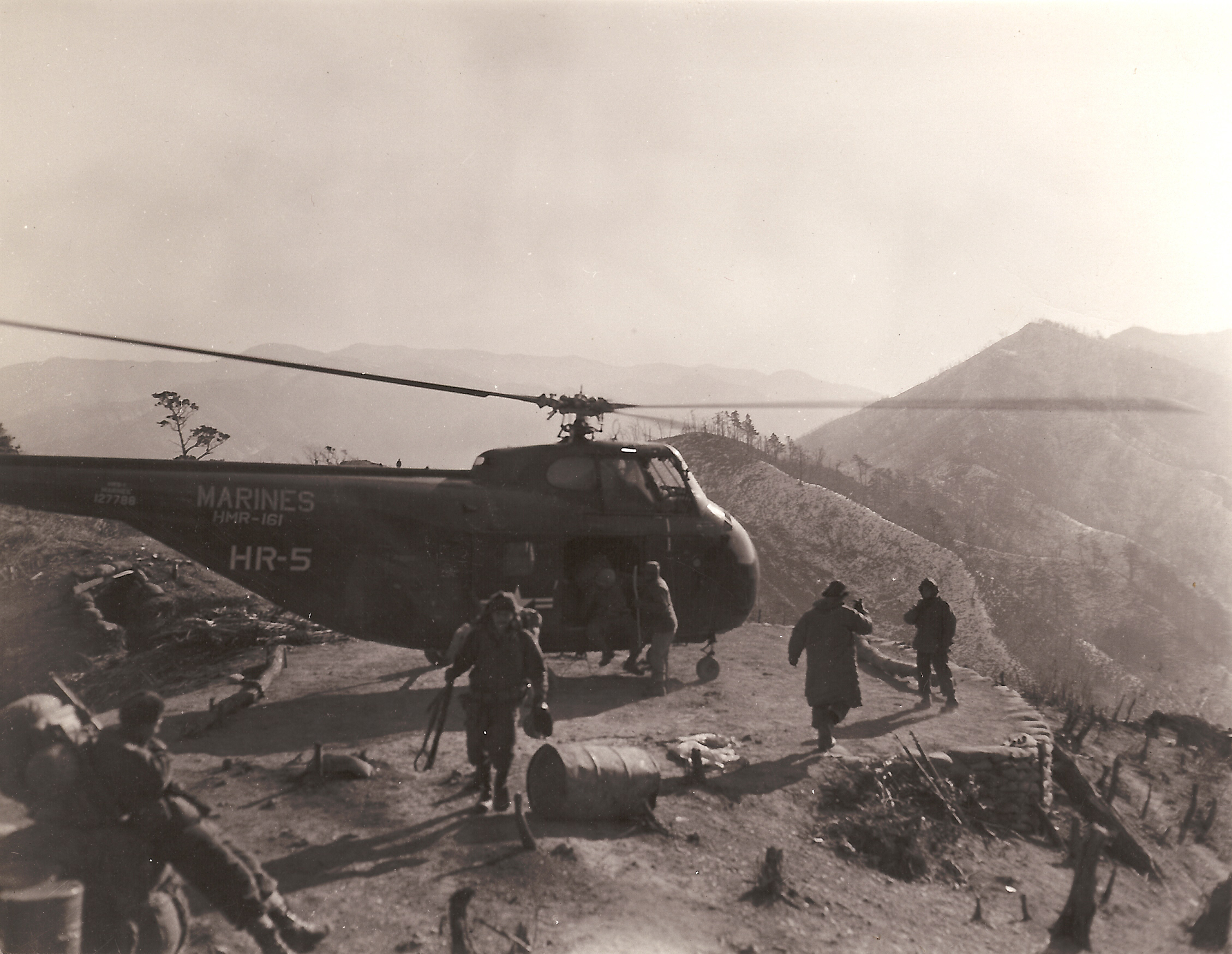
Defense Dept Photo(Marine Corps) # A-159272
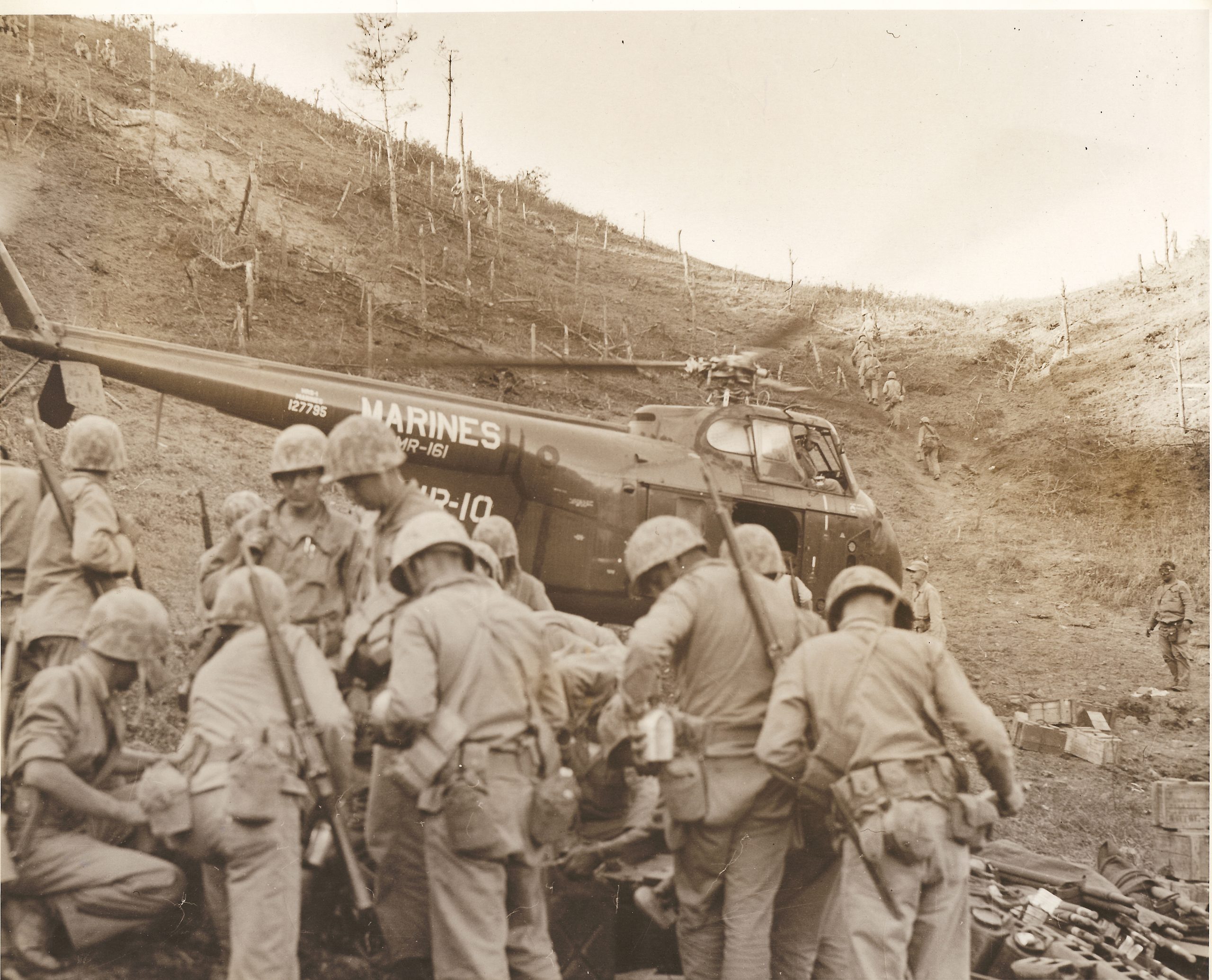
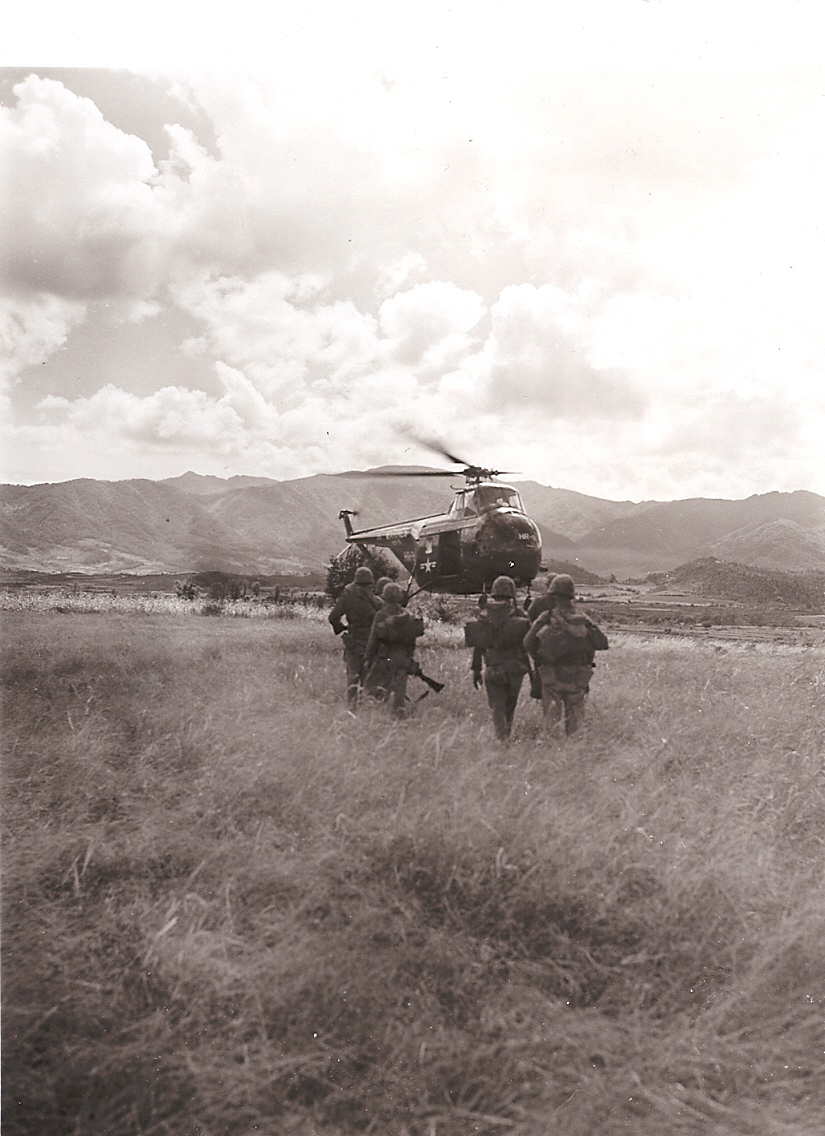
Defense Dept Photo(Marine Corps) # A-132527
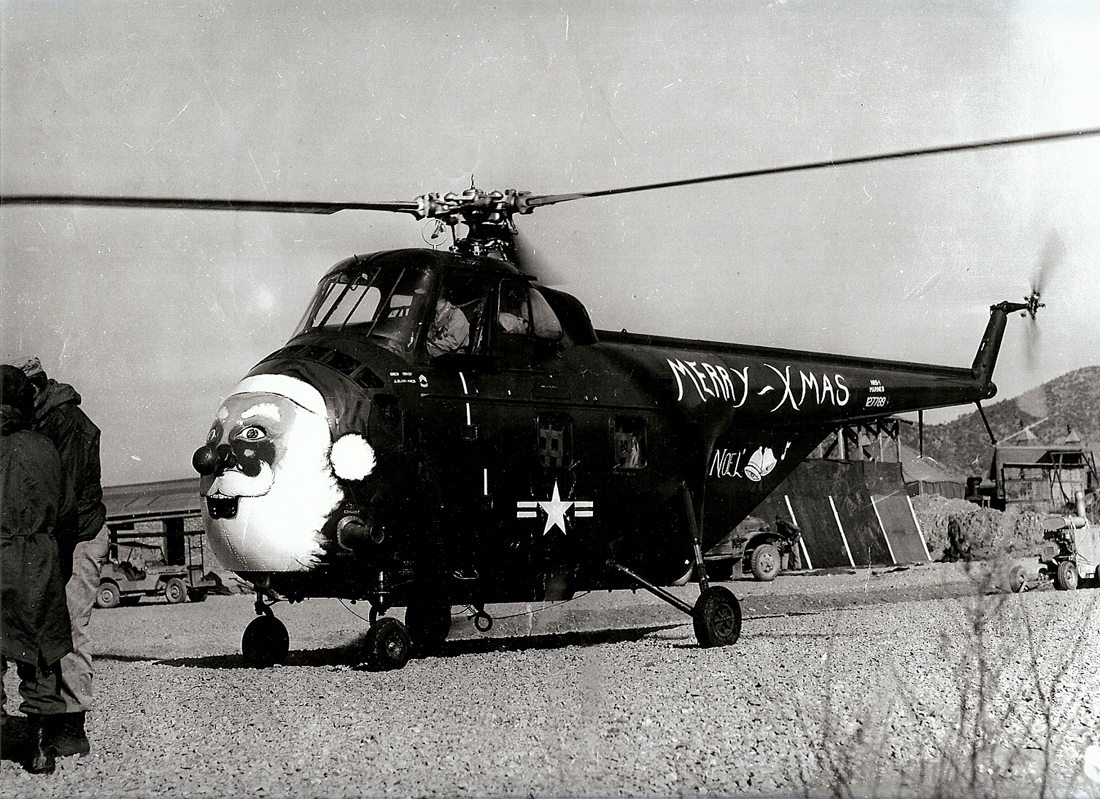

 Our legacy lives through the stories we tell. The Suck Life wants yours! Make Chesty proud!
Our legacy lives through the stories we tell. The Suck Life wants yours! Make Chesty proud!


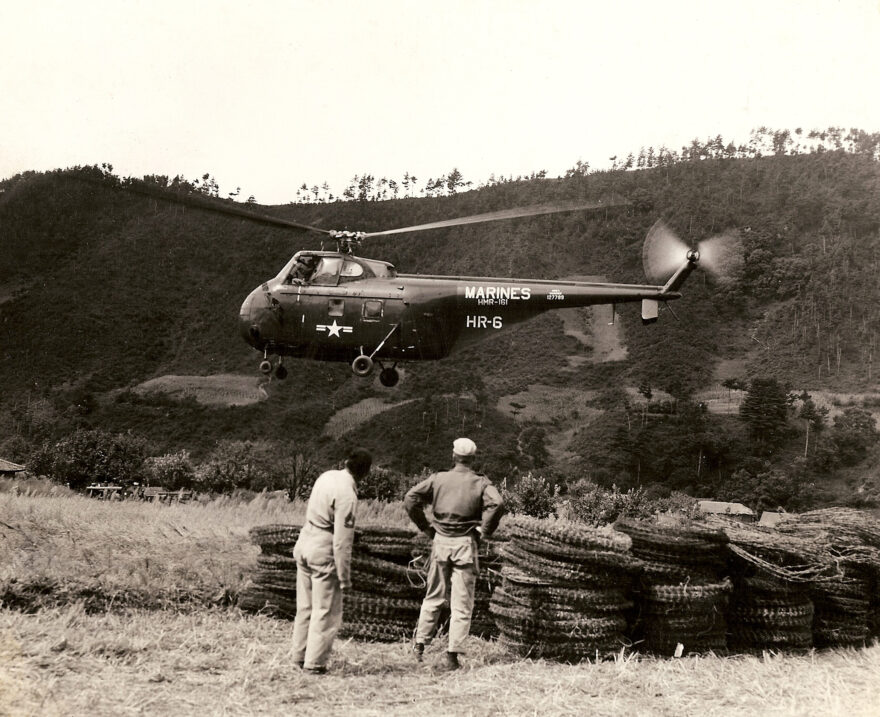
 Semper Fidelis
Semper Fidelis
